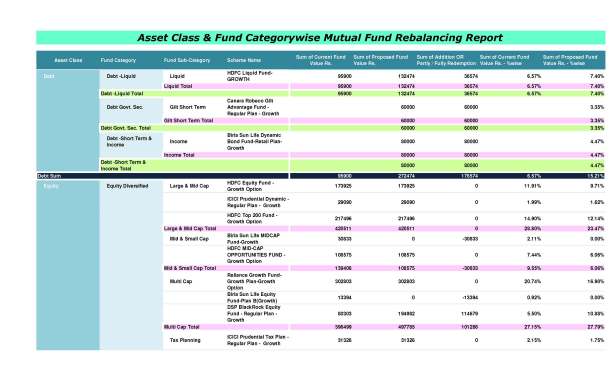How to create a MORE effective client report





by Tony Vidler ![]()
![]()
![]()

The typical financial planning report or statement of advice produced for clients is ineffective. An effective report gets the key points across as quickly and as simply as possible, so that the reader understands them, and is then able to make decisions relatively quickly and easily. It will engage, motivate and rapidly lead to positive action.
Most reports, or Statements Of Advice, or whatever terminology we want to apply to the written financial advice presented to a client, fundamentally fails to achieve that.
Part of the reason for the written reports being ineffective is the “compliance” hurdle, where we include sections and wording that confuse many clients in order to met regulatory requirements. But that is only part of the reason to be fair.
The bigger problem is that there is a tendency to try and impress with technical prowess, or data that require code-breakers to decipher, or graphs that take 3 minutes of concentrated finger-tracing to follow. That is not effective communication. To put it simply; too many advisers have become too captivated by their own cleverness and the need to demonstrate it. Not for a moment do I think this is ego-driven; I believe that it is a trend which is mostly driven by the difficulty in expressing tangibility and value to clients. Because of that difficulty many good advisers default to trying to express value through cleverness and research-based evidence.
To create an effective report it is best to pretend you were preparing it for a group such as a presentation to a conference, or a group of company executives in a boardroom. After all, most of the time we ARE preparing a client report for a group….a group consisting of a husband and wife, or a group of 2 or 3 business partners….but that is a group nevertheless. Whenever preparing for a group of course we have to try and deliver in a common language and style, because individuals absorb information at different speeds and in different ways. The rule of thumb becomes “simplify the message”.
So if we were preparing for a boardroom presentation or a conference we know the following to be mostly true most of the time:
Now, consider this typical financial plan graphic in light of that little checklist.

Can your Financial Plan or Statement of Advice be made more effective without pages and pages and pages of this sort of thing?
I am willing to bet that 9 out of 10 consumers would answer “yes”. The other 10% probably fell asleep while trying to read through it all…
To create far more compelling client reports; simplify! Executive summaries in clear and jargon-free language at least! Better yet, if there is a need to include reams of research and pie-charts position them differently. Position them as additional resource, either for the client or for the clients other professionals. But shift it to the appendices or whatever – get it out of the “report” itself.
But here is the big tip: Lead off with the benefits of acting upon the recommendations.
Literally.
Start with “if you follow my recommendations then you will save $xxxx on….. and generate a further $XXX on…..”
This concentrates the clients attention upon the actual advice rather than the reasoning behind the advice. That is far more effective.
Comments (5)